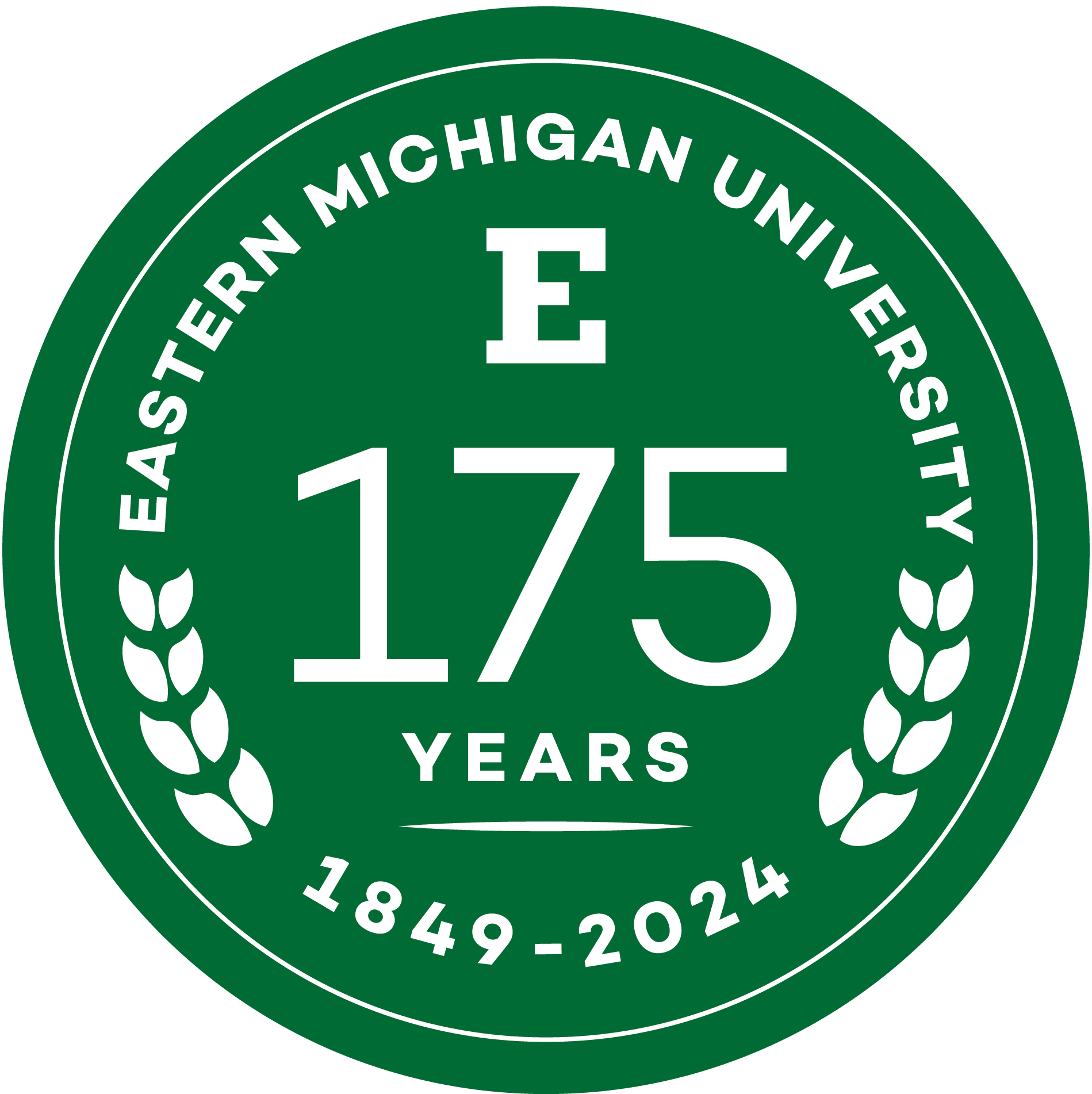How Do Wetland Ecosystems Really Work?
Professor Steve Francoeur's research may reveal the answers
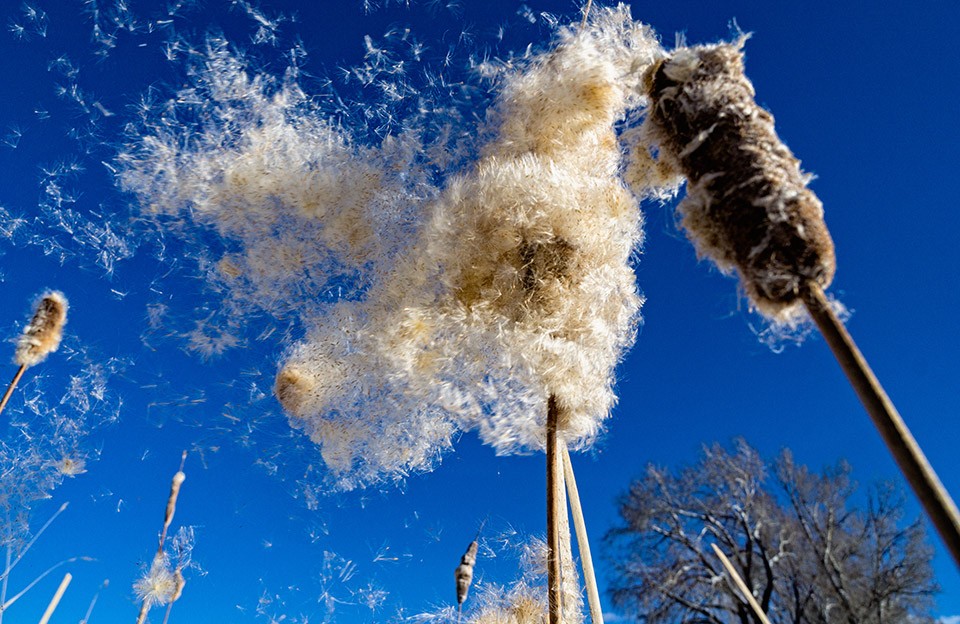
When we think about wetlands, we know native plants like cattails emerge in the spring and die back in the fall. The decomposing plant matter converts into food for fish, insects and other wormlike creatures. This nutrient cycle is the major pathway of energy to animals living in wetland environments. But the underlying mechanism of how bacteria, fungi and algae interact to break the plants down into nutrients remains largely unknown.
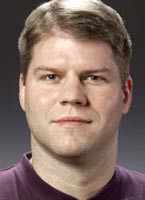
EMU Professor of Biology Steve Francoeur, who has performed extensive research on wetland ecological systems, recently received a three-year $111,594 grant from the National Science Foundation to study exactly how microbes interact and influence nutrient cycling and energy flow.
“Scientists have known for a very long time that microbes grow together on the surfaces of objects beneath water,” Francoeur says. “In the past, it was thought that bacteria and fungi break down plants without any influence from algae. However, we now have pretty good evidence that algae uses energy from sunlight to stimulate bacteria and fungi.
“The question is: do the bacteria and fungi focus on energy provided by the algae? Or does the algae jump start the bacteria and fungi and further enable them to break down the plants? Understanding how microbes interact to decompose dead plants will tell us how nutrient cycling and energy flow work.”
Francouer will collaborate with researchers from the University of Southern Mississippi and the University of Alabama Tuscaloosa on the project, which began last year. Francoeur and Eastern undergraduate and graduate students will collect Typha (cattail) samples from the Paint Creek wetland in Washtenaw County. Then they’ll perform lab experiments to understand how algae stimulates fungi and bacteria. Eastern students may have opportunities to perform similar activities with different microbe species at Mississippi field sites.
“When it comes to complex ecosystems, we have ideas about how things work, but there are still a lot of unanswered questions,” Francoeur says. “Only in the past 20 years have scientists tried to determine how microbes interact with and influence each other. We hope our research findings will help improve ecosystem management practices.”
January 09, 2017
Written by:
Jeff Samoray
Media Contact:
Geoff Larcom
glarcom@emich.edu
734-487-4400
More Stories

Eastern Michigan University senior Raya Lasiewski inspires hope and healing through personal journey with eating disorder.
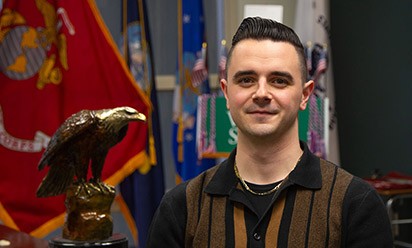
Veteran exceeds limits to becoming an Eastern Michigan University graduate.
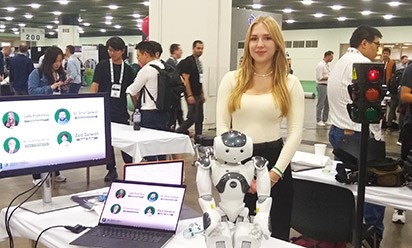
Eastern Michigan University senior and Ukraine refugee earns Undergraduate Research Stimulus award.

Eastern Michigan University’s “Enlighten U” podcast explores ADHD and its significance among college students.
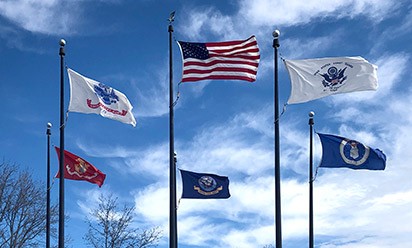
Eastern Michigan University ranks No. 1 in Michigan and No. 9 in the U.S. as military and veteran-friendly campus.

